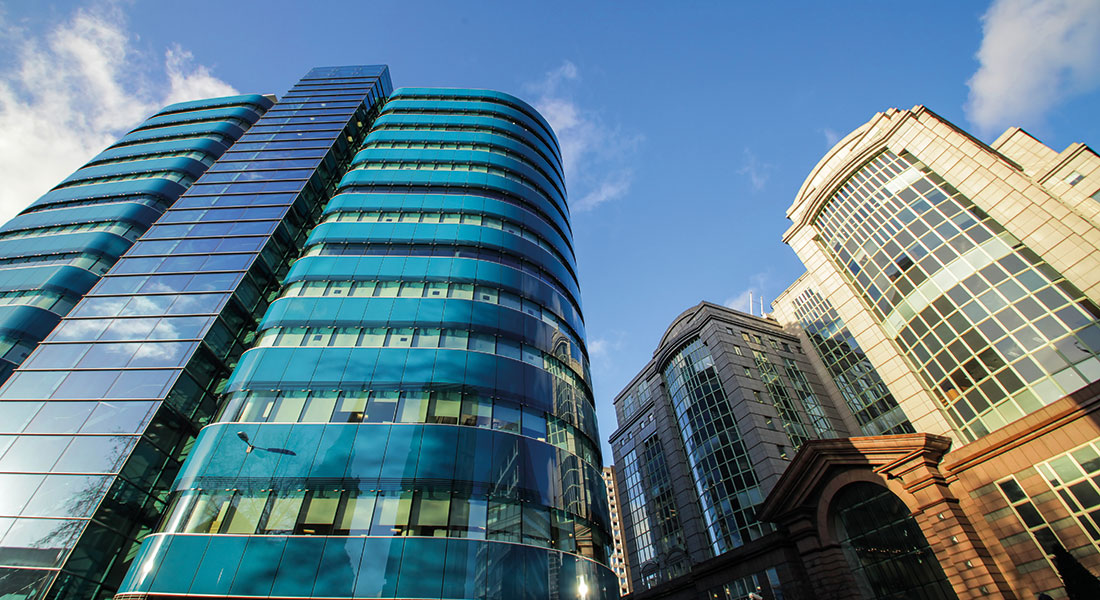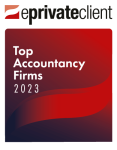5 January 2024
Have you considered opting to tax your land and buildings? Unsure of how opting to tax your buildings or land might affect you? Keep reading to find out whether opting to tax is the right plan of action for you. In this article we provide an overview of what an Option to Tax is and discuss some of the benefits and implications of opting properties.
What is an Option to Tax and what does it do?
The starting position for most supplies of land and buildings is that they are exempt from VAT, meaning that no VAT is chargeable on these supplies. The business making the supply is however not entitled to recover any of the VAT incurred on expenses relating to the land or buildings in question – including on the original purchase of the land or on development costs.
The exception to this rule is if the building is a commercial property less than three years old, in which case the supply is automatically standard rated for VAT purposes.
However, businesses can opt to tax the supplies of commercial land or buildings, once the first three years have lapsed. The effect of this is that your otherwise exempt supplies of land will become taxable and all the supplies you make of the land or building will be subject to VAT at the standard rate of 20%. The main benefit of this is that it enables you to recover input VAT incurred in making taxable supplies of land, subject to normal VAT recovery rules. You cannot opt to tax residential buildings – which are subject to different VAT rules not covered in this article.
A potential drawback can arise where the supplies of land or buildings that your business make are to customers that do not benefit from VAT recovery, such as charities, financial services firms, or medical service providers. This is because they would not be able to recover the VAT that you charge on the supplies made to them and this could make your property a less attractive proposition for such tenants.
When and how can you opt to tax your land or buildings?
A business can decide to opt to tax at any time, as follows:
- Before the land or building is acquired, this usually happens when a Transfer of Going Concern (TOGC) is taking place and an Option to Tax is required to meet one of the conditions for a TOGC to apply.
- Before the land or building is acquired, to enable you to recover VAT charged on the acquisition and the costs relating to the acquisition.
- Following the acquisition of the property. You do not have to opt to tax land or buildings when you first occupy them, you may opt to tax them later. This is common if a business decides part way through an occupancy that they want to lease or sub-lease the land or property.
Once the decision has been made to opt to tax, a record of this decision must be kept. You will then have to notify HMRC of an option to tax via the submission of a VAT1614A form, where you must disclose specific details of the land and buildings, the business, and the authorised signatory of the business. This must be done within 30 days of making the decision to opt to tax.
Belated notifications are accepted by HMRC under certain circumstances and in some cases, there is a need for permission to opt to tax to be obtained from HMRC, for example if exempt supplies of the property in question have been made previously. Permission can only be granted if certain conditions are met.
Key considerations when deciding whether to opt.
There are various factors to consider when deciding whether you should opt, so care should be taken when it comes to any property transaction. We have outlined some of the key considerations below:
What is your business activity?
A business will only need to consider whether to opt to tax land or buildings where they will be making a supply of an interest in the land or buildings, for example, if the property was being rented to a tenant. If the property is used as the trading premises of a business, in the normal course of the business activities, they will not necessarily need to make an option to tax.
The acquisition of land or building – Has the seller opted to tax the land or building, and will there be significant VAT incurred?
If the seller has made an option to tax, the transaction will be subject to VAT at 20%. As the buyer, the VAT element can be a significant additional cost. To mitigate this cost, a VAT registered business can only recover the VAT as input tax if it is using the land or property in carrying out taxable supplies. If the business is letting the property to a tenant for example, it must therefore exercise its own option to tax over the property being acquired. Following this the input tax recovery will be subject to normal VAT recovery rules.
In addition, if there will be significant VAT incurred on the acquisition of the building and any subsequent works required to renovate or refurbish a property, for example prior to it being rented or sold on. Having an option to tax will enable the opter to recover input VAT on these costs.
Revoking an Option to Tax
- The six months ‘cooling off’ period.If you change your mind regarding a decision to opt to tax land or buildings, HMRC allows for a six-month ‘cooling off’ period to revoke your option. Certain conditions however must be met for the revocation request to be accepted by HMRC.It is also to be noted that should you revoke your option to tax within the cooling off period, the business will have to adjust and repay any input VAT reclaimed from HMRC during the period.
- Automatic revocation where the opter has not held an interest in the opted land or property for six years.When the opter has not held an interest in the opted building or land for a continuous period of six years, the option to tax is automatically revoked and it does not have to be notified to HMRC.
- Revoke an option to tax where more than 20 years have elapsed since the option first had effect.After 20 years have lapsed since the land or buildings were opted, the option can be revoked, and a notification must be made to HMRC of the revocation on a VAT1614J form. There are certain conditions which must be met for the revocation to take effect.
Disapplying an Option to Tax
Under certain circumstances an option to tax over a property can be disapplied, meaning the supply of the property reverts to being exempt for VAT purposes. The two main scenarios where this generally happens is when the purchaser of the land intends to use or convert a commercial building to relevant residential dwellings or for relevant charitable use.
The forms that will need to be submitted to HMRC to disapply an option to tax will depend on the reason for the disapplication.
Summary
There are clearly various factors to consider when considering VAT relating to land and buildings, so care should be taken when it comes to any property transactions.
If you would like to discuss how opting to tax your supplies of your buildings or land will affect you from a VAT perspective and how it can benefit your business, please feel free to get in touch with your usual haysmacintyre contact for a conversation.






